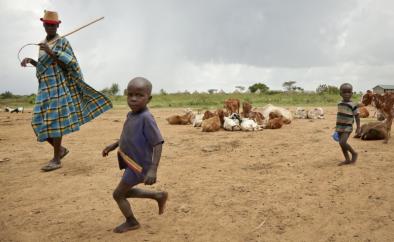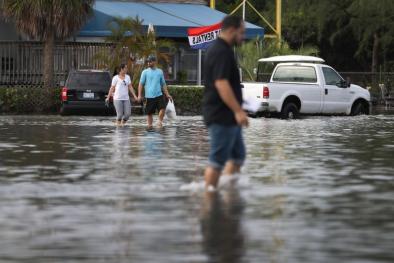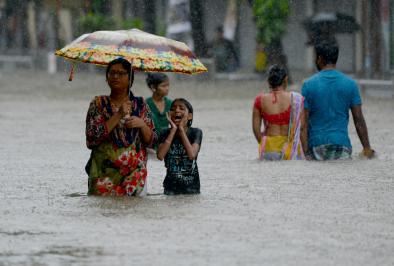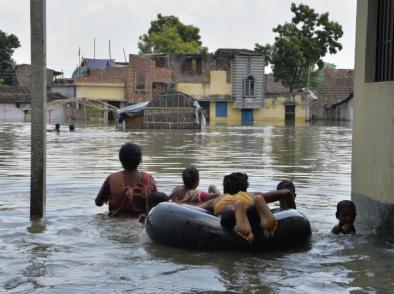Science Source
Quantifying the relative contribution of the climate and direct human impacts on mean annual streamflow in the contiguous United States
- States that both climate change and human activities are known to have induced changes to hydrology and that quantifying the net impact of human contribution to the streamflow change is a challenge
- Uses a decomposition method based on the Budyko hypothesis to quantify the climate (i.e., precipitation and potential evaporation change) and direct human impact on mean annual streamflow (MAS) for 413 watersheds in the contiguous United States. The data for annual precipitation, runoff, and potential evaporation are obtained from the international Model Parameter Estimation Experiment (MOPEX), which is often assumed to only include gauges unaffected by human interferences. The data are split into two periods (1948–1970 and 1971–2003) to quantify the change over time.
- Finds that climate affects MAS more than direct human impact, but the results show that assuming the MOPEX data set to be unaffected by human activities is far from realisticlimate change causes increasing MAS in most watersheds, while the direct human‐induced change is spatially heterogeneous in the contiguous United States, with strong regional patterns, e.g., human activities causing increased MAS in the Midwest and significantly decreased MAS in the High Plains
- Finds that the climate‐ and human‐induced changes are more severe in arid regions, where water is limited
- Compares the results to a collection of independent data sets, which indicate that the estimated direct human impacts on MAS in this largely nonurban set of watersheds might be attributed to several human activities, such as cropland expansion, irrigation, and the construction of reservoirs
Related Content
Headline

Nov 9, 2017 | AP News
In harsh corner of Uganda, herders fight climate change
Headline

Oct 6, 2017 | Slate
Massive October King Tide Gives Miami Another Taste of Climate Change
Headline

Aug 30, 2017 | Pacific Standard
How Climate Change Contributed to Massive Floods in South Asia
Headline

Aug 30, 2017 | TIME
South Asia Floods Caused More Than 1,200 Deaths This Summer


